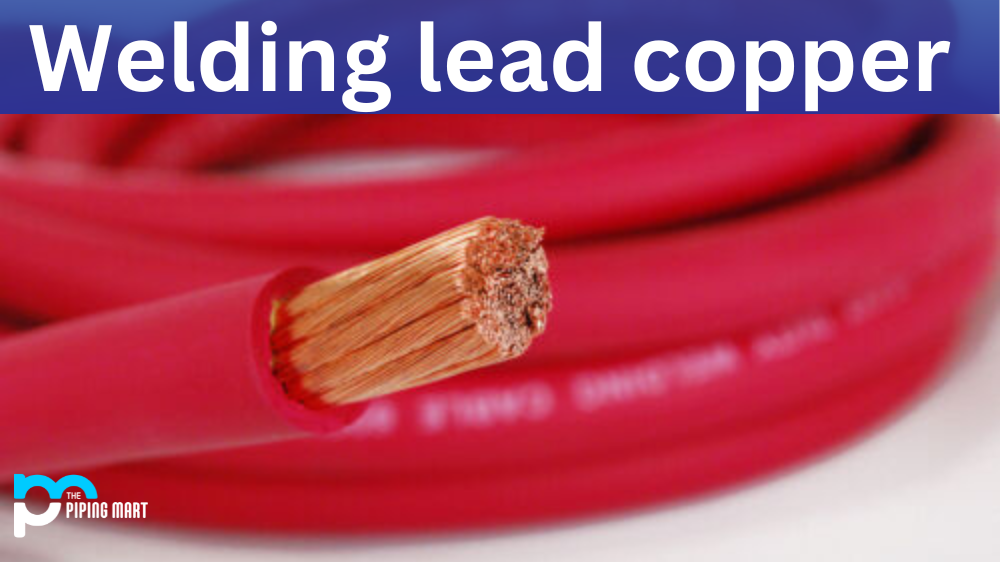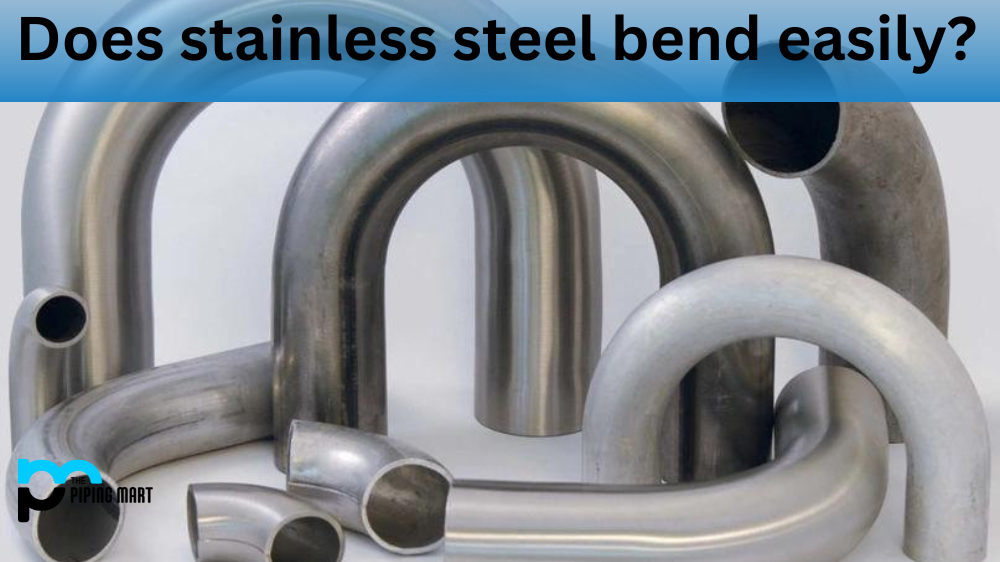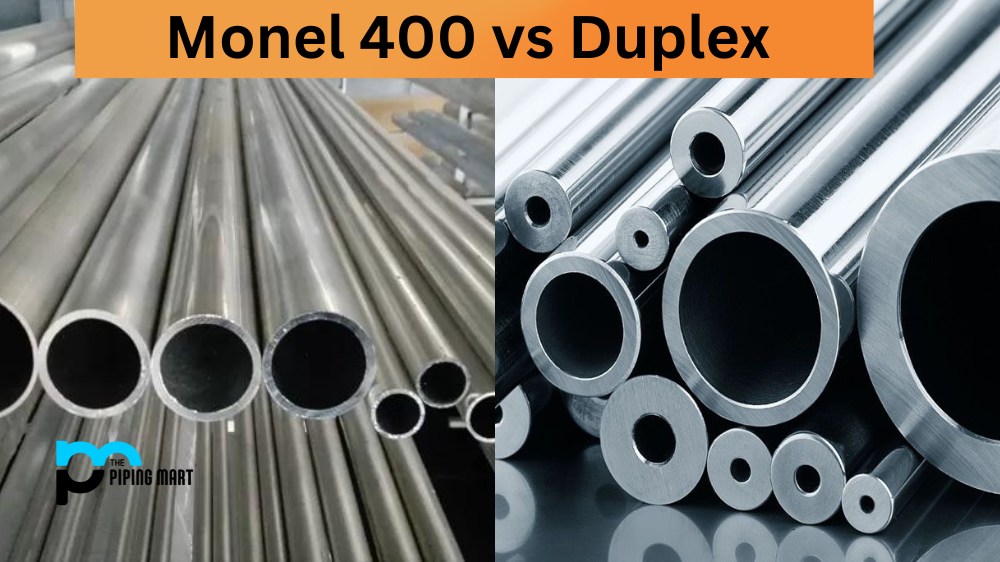Welding lead copper is a process that requires great care and precision. It’s an incredibly useful skill to have, but it’s also important to understand the nuances of welding lead copper correctly and safely. Let’s discuss the basics of welding this metal so you can start your next welding project.
Choosing Your Equipment and Materials
The most important factor when welding lead copper is selecting the right equipment for the job. It’s essential to use a welder with adjustable amperage settings. This will allow you to adjust the heat output for different metal thicknesses and achieve a smooth, even bead. Additionally, ensure that all other materials used in the welding process are designed for the job. For instance, if you’re using filler rods, they should be specifically designed with lead copper metal.
Welding Techniques
When preparing to weld lead copper, cleaning both surfaces before beginning work is important. This will ensure optimal adhesion between them and prevent any impurities from contaminating or obstructing the weld area. Additionally, take extra care when setting up your equipment; you want to be sure that your worksite is properly prepared with safety measures in place, such as proper ventilation systems and protective equipment like gloves, masks, and goggles. Once everything is ready, begin by preheating one surface until it turns red hot; then, apply filler material until both surfaces are completely sealed together in a single piece of metal. Finally, apply pressure while cooling at the same time – this will ensure a strong bond between metals that can withstand any strain put on them in the future.
Conclusion:
Learning how to weld lead copper is an invaluable skill for any welder – but it takes practice getting comfortable with this type of work before trying more complex projects with this material. Make sure you choose high-quality equipment designed for welding lead copper; select specific materials such as rods designed for working with this type of metal; clean all surfaces thoroughly; take safety precautions; preheat one surface until it turns red hot; fill both surfaces; and apply pressure while cooling simultaneously to ensure strong adhesion between metals that can withstand strain in the future. With these steps in mind, you’re ready to start your next welding project!

Abhishek is a seasoned blogger and industry expert, sharing his insights and knowledge on various topics. With his research, Abhishek offers valuable insights and tips for professionals and enthusiasts. Follow him for expert advice on the latest trends and developments in the metal industry.




